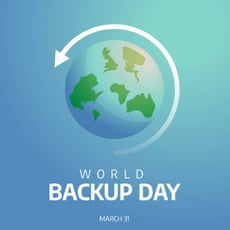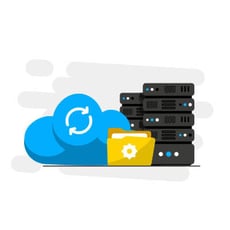Resources
Get insights, answers, and inspiration—all built to keep you ahead in tech.

03-31-2025

03-21-2025

03-05-2025

02-24-2025

01-02-2025